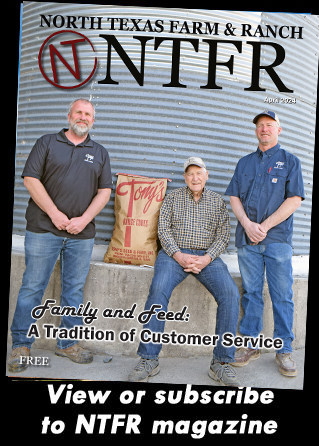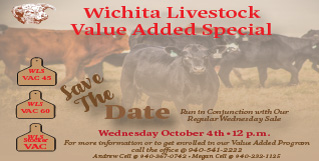Farm & Ranch
A Horse of Many Colors: How Domestication Changed the Horse

By contributing writer Martin Aldridge
The sheer variety of coats equines exhibit is simply astonishing. Everything from the common sorrels and bays, the gaudy paints and appaloosas, to the lesser known perlinos and cremellos, all have been achieved through breeding various types of horses with each other. Breeding for certain colors and patterns is now common
practice, but where exactly did all this diversity come from? Animals evolving in a natural state have been known to display a huge variety of colors and patterns, but colors and patterns in the wild evolve for specific survival purposes.
A recent study published in the Proceedings of the National Academy of Sciences looking at fossil horse DNA from specimens found in Europe and Asia revealed 18
brown colored animals, six black and six with a mutation for spotting.
As it turns out, the very act of domesticating wild animals might have a lot to do with the diversity we see today. The ancestral breed or breeds from which domesticated
horses sprang has become extinct. Wild herds today, like mustangs and other horse and pony populations living in a wild state, are technically considered “feral” since they all developed from domesticated stock.
To read more pick up the March 2014 issue of North Texas Farm & Ranch.
Farm & Ranch
Ag Elsewhere: Wyoming
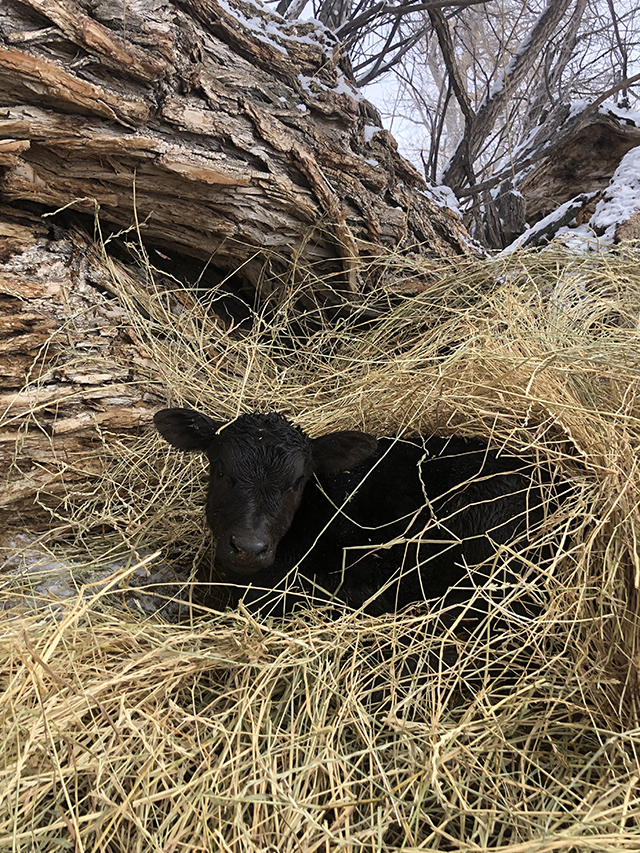
By Tressa Lawrence
Babies are tucked away in every nook and cranny. Many ranchers across Wyoming have baby animals popping up all over this time of year.
Farm & Ranch
Ag Elsewhere: Montana
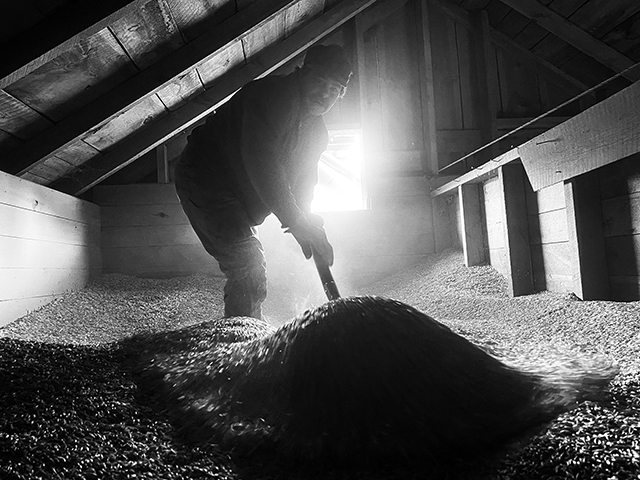
By Lindsey Monk
Another load of grain in to keep feeding the calves until the green grass can really start popping.
Farm & Ranch
Meanwhile, Back at the Ranch….
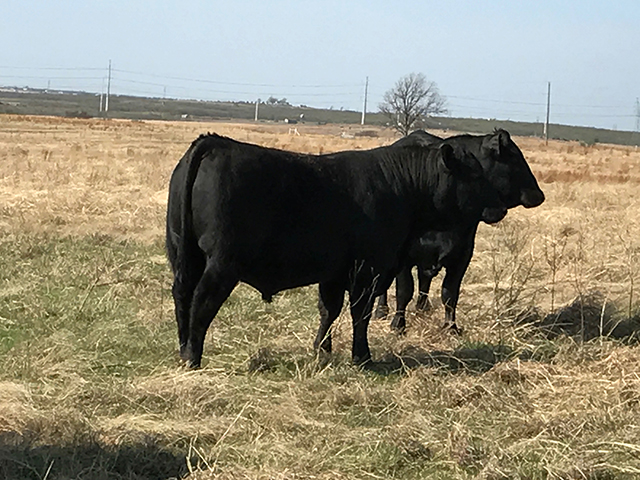
By Rayford Pullen | [email protected]
Spring has sprung and hopefully the rains will continue where our country will heal from the previous droughts and our grasses will thrive. We are especially hopeful for the Panhandle of Texas where our neighbors and friends have been dealt a deadly blow to homes, ranges, livestock, and people. Keep them in your prayers as they will not be able to return to normal for many years if at all. Having lost their ability to benefit from this great cattle market is a double whammy for all of them.
Now is the time of year when we need to take care of business as it relates to our new calves that have been hitting the ground this spring. First and foremost is vaccinating for Blackleg followed by deworming with a white wormer and the IBR complex. Blackleg is a soil-born disease and with pastures extremely short this spring our calves have been grazing the green grass as soon as it shows itself, making them even more vulnerable to picking contaminates from the soil.
To read more, pick up a copy of the April issue of NTFR magazine. To subscribe by mail, call 940-872-5922.
-
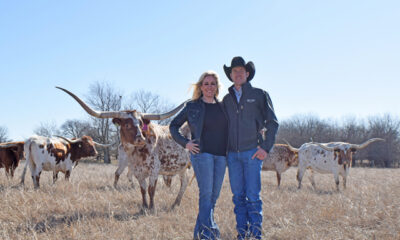
 Country Lifestyles1 year ago
Country Lifestyles1 year agoScott & Stacey Schumacher: A Growth Mindset
-
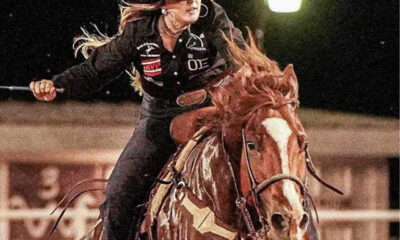
 Equine7 months ago
Equine7 months agoThe Will to Win
-
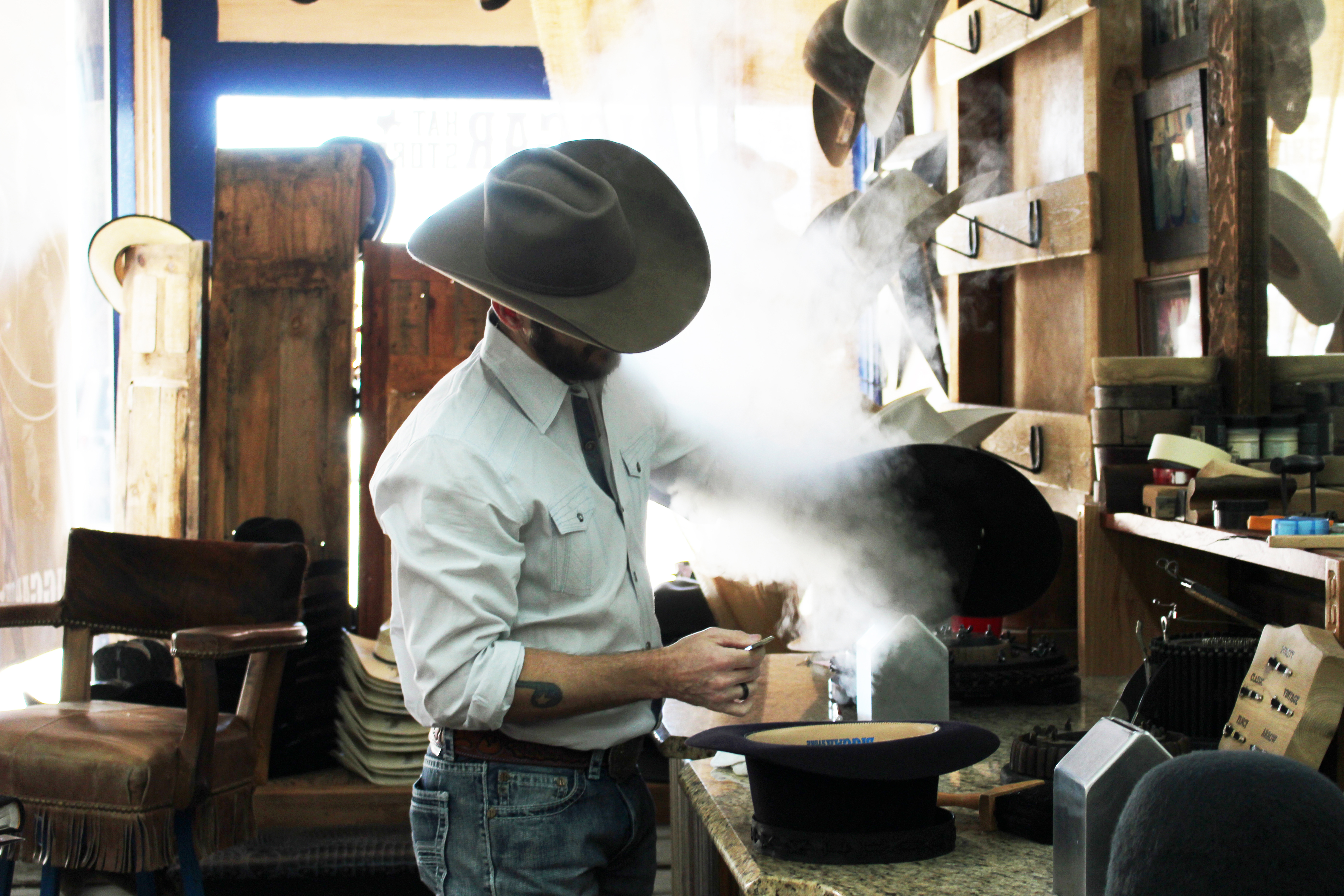
 Country Lifestyles7 years ago
Country Lifestyles7 years agoStyle Your Profile – What your style cowboy hat says about you and new trends in 2017
-
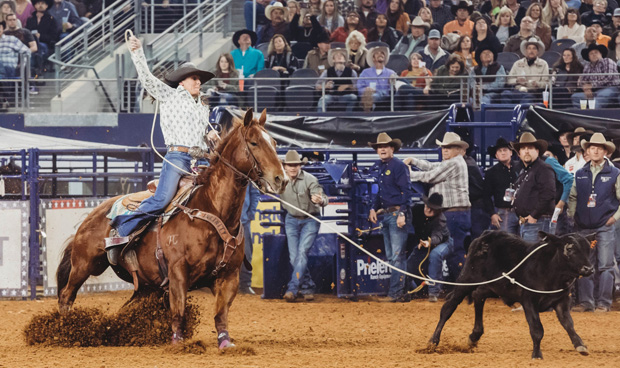
 Country Lifestyles4 years ago
Country Lifestyles4 years agoAmber Crawford, Breakaway Roper
-
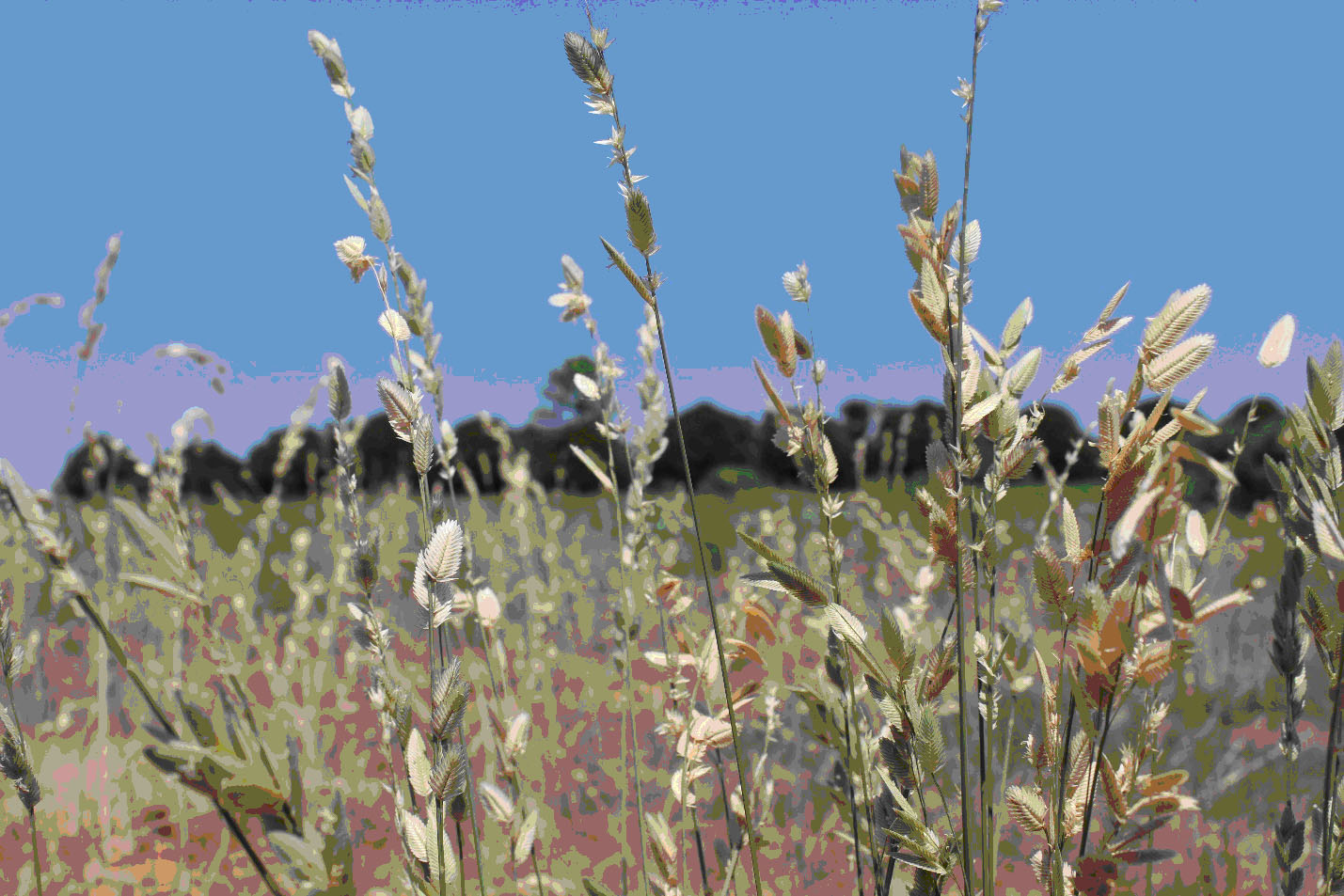
 HOME7 years ago
HOME7 years agoGrazing North Texas – Wilman Lovegrass
-
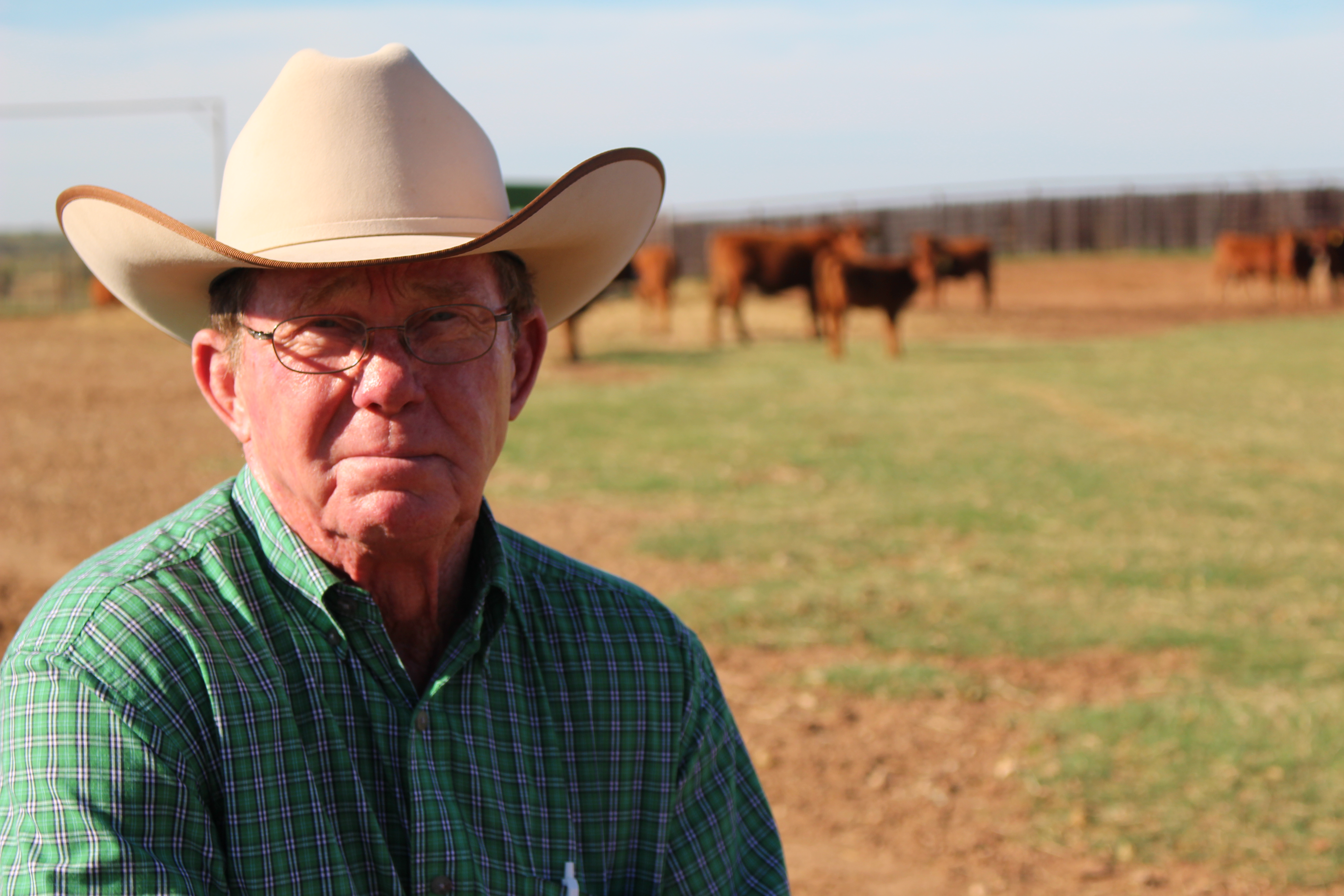
 Country Lifestyles7 years ago
Country Lifestyles7 years agoDecember 2016 Profile, Rusty Riddle – The Riddle Way
-
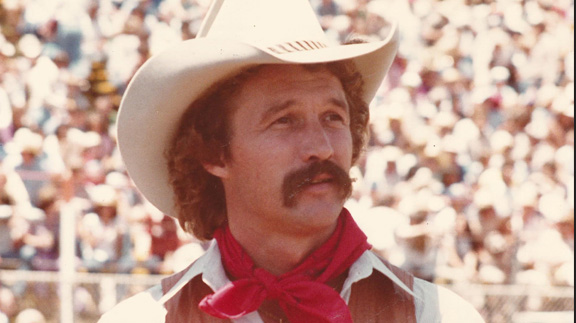
 Country Lifestyles8 years ago
Country Lifestyles8 years agoJune 2016 Profile – The man behind the mic: Bob Tallman
-

 Country Lifestyles8 years ago
Country Lifestyles8 years agoCowboy Culture with Clay Reid – Being a Man

